The balance wheel and its hairspring, often considered the heart of a mechanical watch, are responsible for beating at an accurate rate to keep time. To retain accuracy, constant power is transmitted to the balance wheel from a watch’s mainspring through the gear train and escapement is vital.
So, what happens to this accuracy when the available power in a movement diminishes as the mainspring unwinds throughout the day? How can a balance oscillate at the same rate as when its energy source is full or near depletion?
Uneven power delivery is a dilemma that watchmakers have always faced, causing a continual challenge to find the perfect micro-mechanical solution. One of these solutions was the chain and fusée.
What is a chain and fusée?
Utilized in early mechanical clocks and later introduced into pocket watches in the mid-seventeenth century, the chain and fusée was the first significant mechanism to improve isochronism. As the Dictionnaire Professionnel Illustré de L’Horlogerie by G.-A. Berner explains, “. . . the oscillations of a pendulum or balance are isochronous when their duration is independent of their amplitude.”
More simply put, isochronism ensures that the accuracy of a watch is not affected by the amount of energy present in its mainspring and this is important because the mainspring is wound and unwound as a watch is worn day to day.
Regardless of whether the power reserve is full in the morning or partially depleted in the evening, the rate of a watch should remain the same.
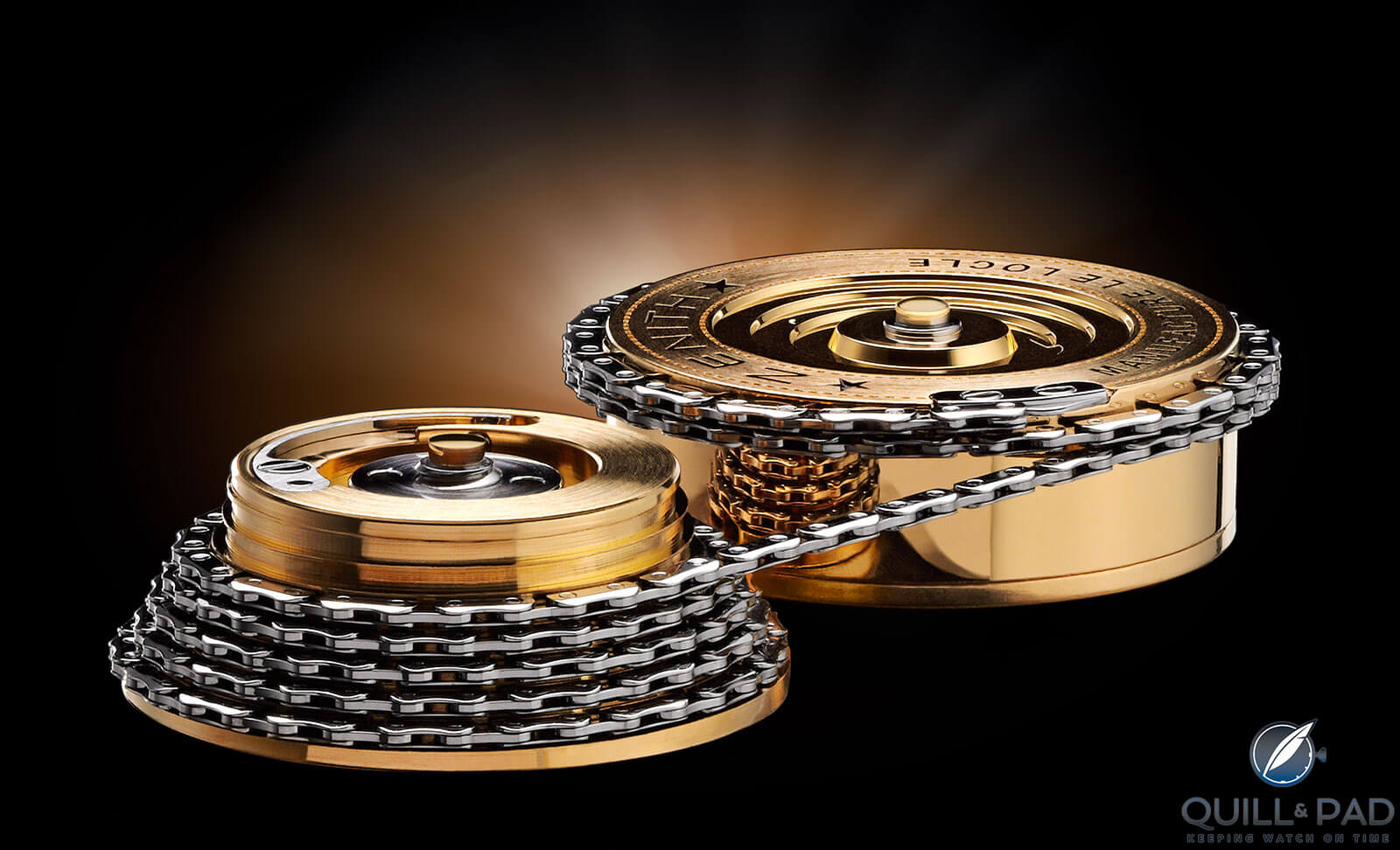
Fusée and chain of the Zenith Academy Georges Favre-Jacot
The fusée (French for “rocket”) is a cone-shaped component connected to the mainspring’s barrel by a chain. As the mainspring is wound, the rotating barrel winds the chain around the narrowing fusée.
As the watch runs and the power stored by the mainspring decreases, the tension from the fusée’s chain on the barrel, now rotating in the reverse direction, ensures that a consistent amount of energy is released through the movement until there is none left.
Without the fusée, the power of a mainspring would vary widely over a watch’s running time and offer poor isochronism.
Out with the old, in with the new: why did the chain and fusée go?
While the chain and fusée served a functional purpose in the past, it quickly became impractical following the emergence of new metal alloys for mainsprings and balances.
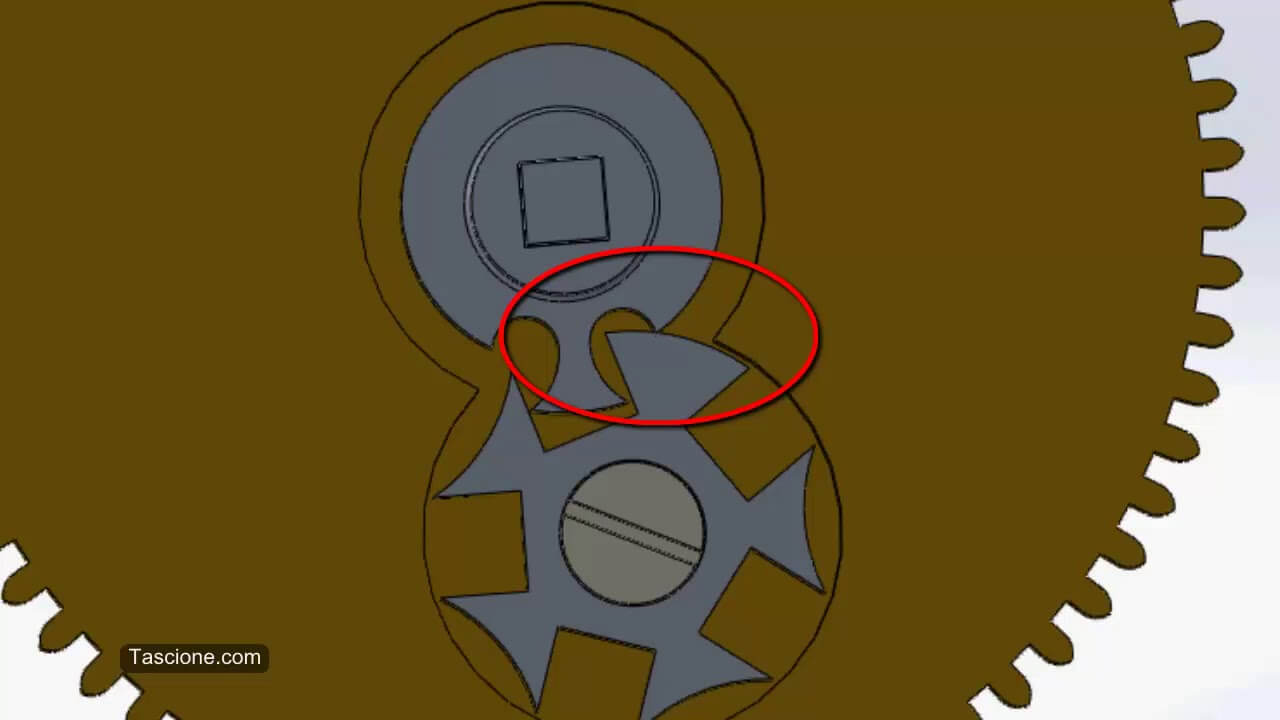
Geneva stop-works mechanism (image courtesy www.tascione.com)
The Geneva stop-works mechanism was also incorporated into watches, fixed directly to the mainspring’s barrel. These stop-works served a similar purpose as a fusée in achieving the flow of constant power with a depleting energy source by only allowing the most stable length of a mainspring to be utilized while running. The stop-works saved a vast amount of space on the movement’s pillar plate compared with the chain and fusée, allowing for smaller movement dimensions and more room for complications.
For centuries, carbon steel had been the predominant material used for mainsprings, but it was brittle and the springs could not maintain their elasticity. This resulted in frequent breakage and the “tiring” or “setting” of the spring in non-concentric coils and ultimately losing the ability to be a constant and consistent power source.
In the mid-twentieth century, cobalt alloys were introduced for mainsprings, replacing carbon steel. With superior elastic and anti-corrosive properties, these “white alloy” or “unbreakable” mainsprings became the norm, allowing for a more reliable power source and better isochronous properties.
Steel hairsprings on the oscillator were replaced by new alloys such as Elinvar and then Nivarox. These alloys had better elastic and anti-magnetic properties with low thermal expansion to more effectively combat the negative effects of temperature on the spring.
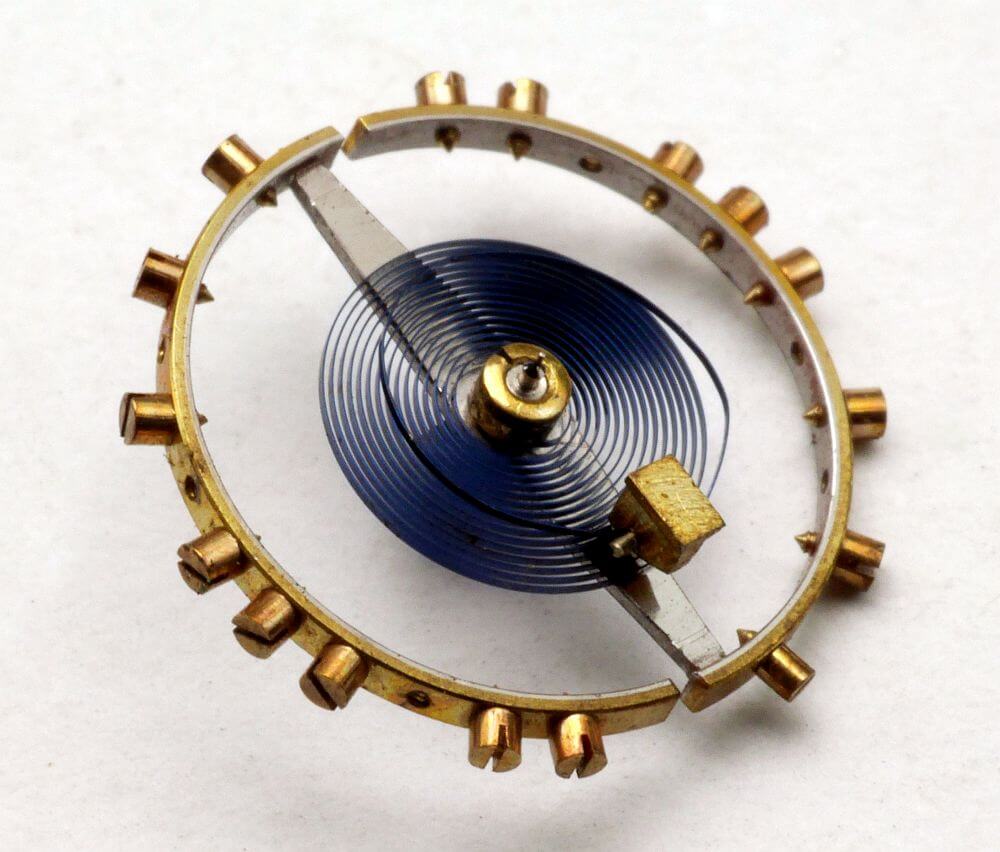
Split bimetallic balance and blued steel spring (photo courtesy VintageWatchstraps.com/David Boettcher)
Bimetallic compensation wheels were no longer needed thanks to these alloys, and solid balance wheels, now made of the alloy Glucydur, allowed watchmakers to more easily adjust a movement.
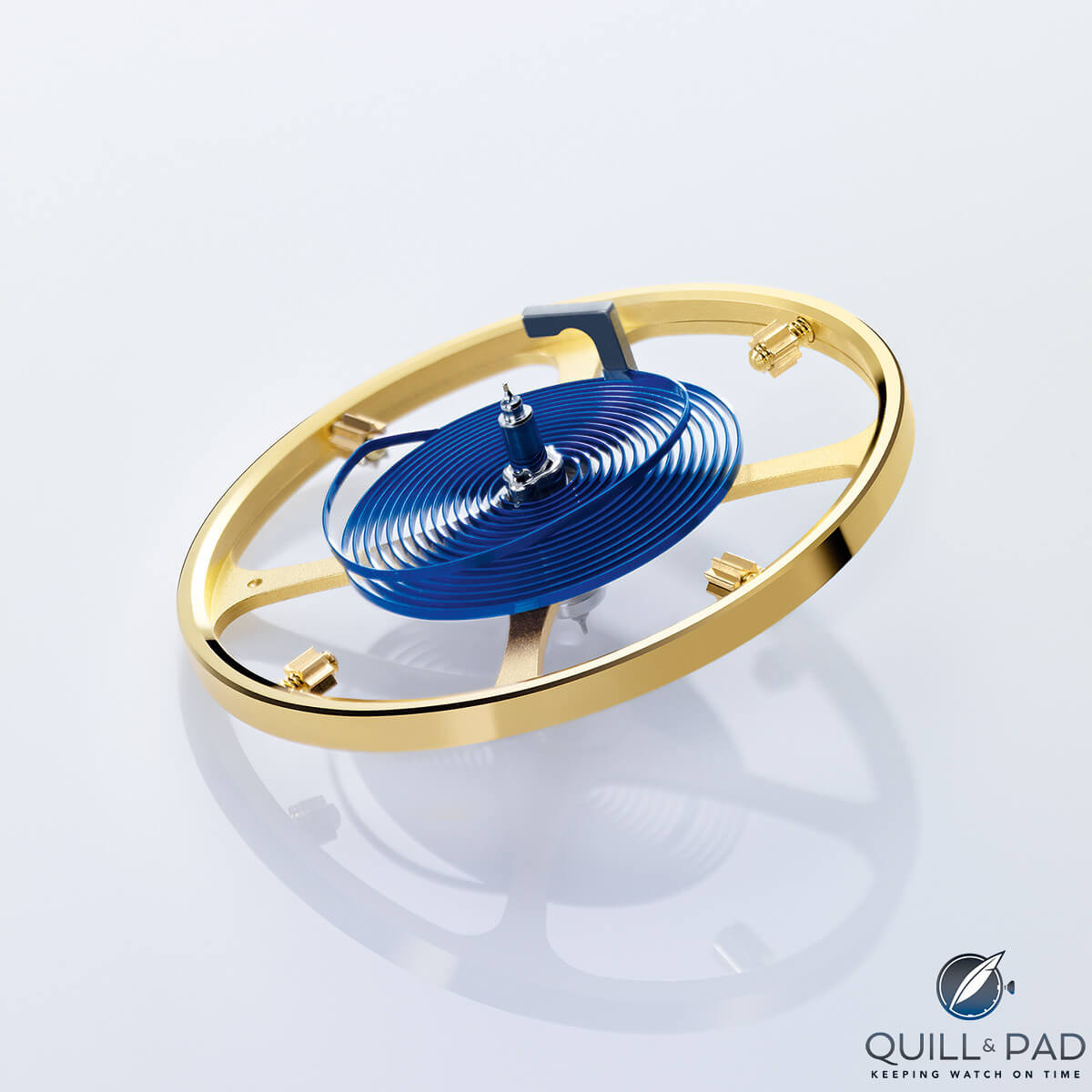
Modern Rolex Parachrom balance
So, with all these steps forward it would stand to reason that the chain and fusée would become obsolete in modern watchmaking. Surprisingly, that has not been the case.
Rather than continuing to evolve, it has become a mini-trend in the watch industry to exhibit technical prowess by making functionally outdated mechanisms and to reissue at times old models fitted with modern calibers.
These timepieces are exclusive to the wealthiest collectors and feature everything from unconventional escapements to high-beat oscillators and even components like the fusée and chain.
A. Lange & Söhne Tourbillon Pour le Mérite
In 1994, A. Lange & Söhne introduced the first wristwatch ever outfitted with a fusée and chain system: the Tourbillon Pour le Mérite. Not seen since the age of pocket watches and marine chronometers, the industry’s interest in the fusée was reignited by this groundbreaking timepiece introduced in the re-founded manufacture’s capsule collection (see Why The A. Lange & Söhne Tourbillon Pour Le Mérite Is One Of The Most Historically Important Modern Wristwatches).

A. Lange & Söhne Pour le Mérite Tourbillon
With its design outdated, the fusée was no longer needed in a timekeeper or on a journey across the ocean, yet it somehow managed to become a symbol of haute horlogerie. Recreating an antiquated component in a modern workshop somehow touted high technical ability.
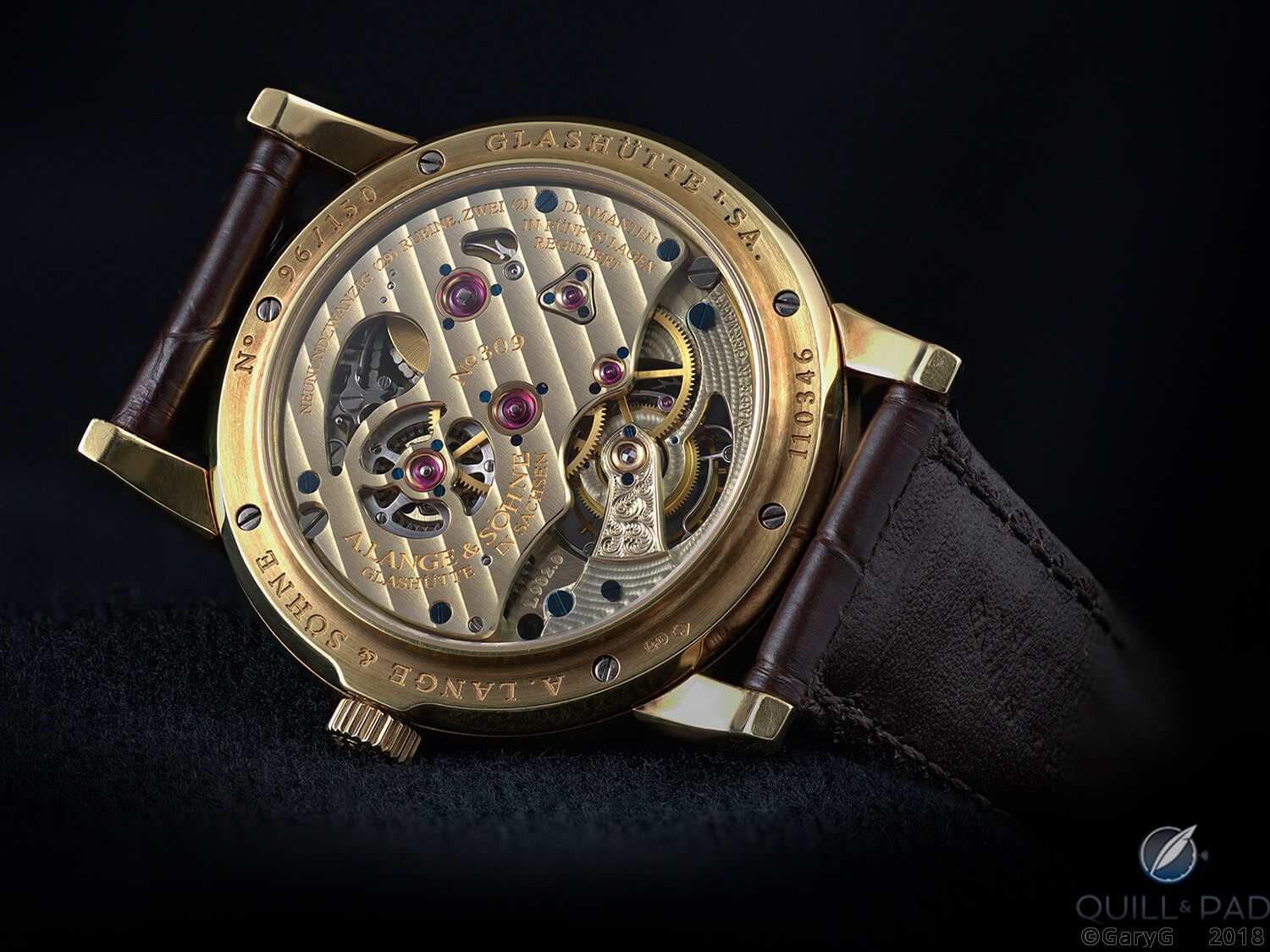
A. Lange & Söhne Pour le Mérite Tourbillon movement
And once A. Lange & Söhne had successfully incorporated a fusée and chain into a wristwatch, other manufacturers soon followed.
Breguet Tradition Fusée Tourbillon Reference 7047
Let’s look at the Breguet Tradition Fusée Tourbillon Reference 7047, which contains a chain-and-fusée assembly and a tourbillon. Both of these components were designed more than 200 years ago to improve the accuracy of timekeepers, specifically pocket watches.
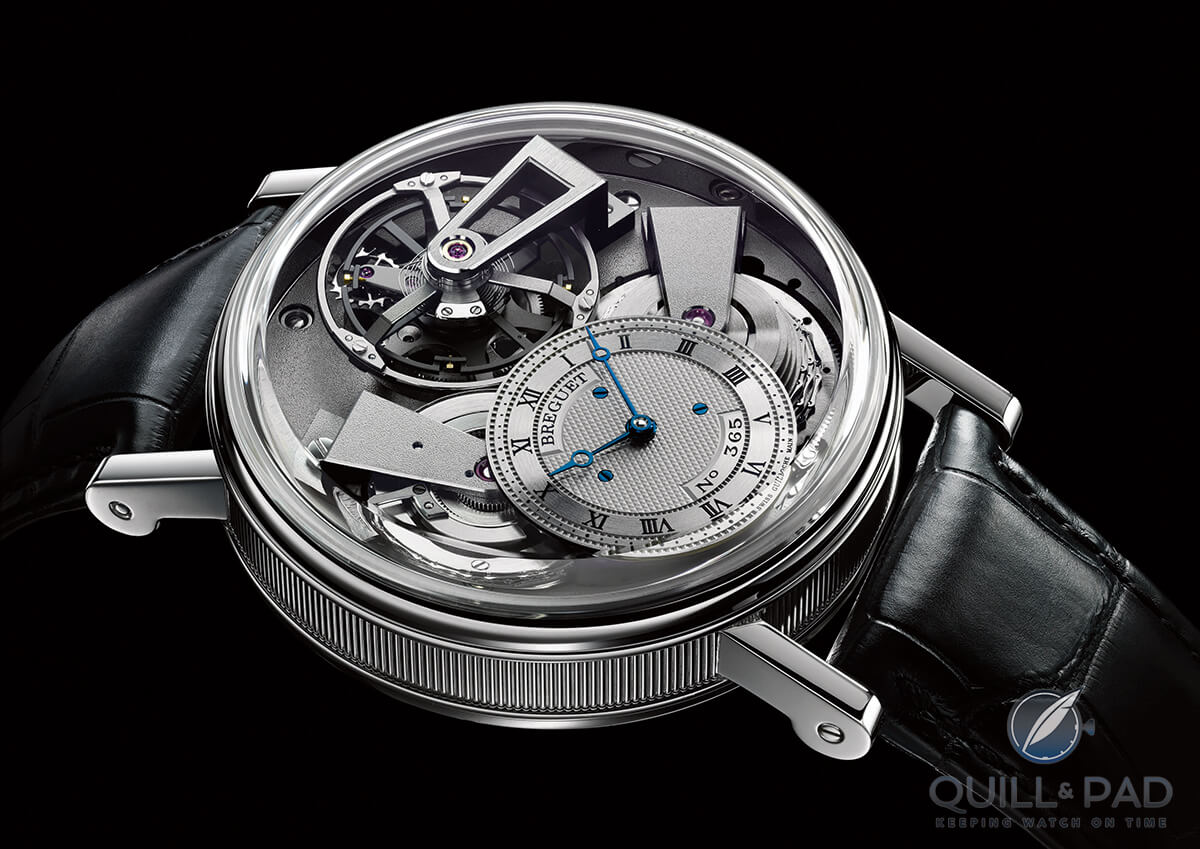
Breguet Tradition Fusée Tourbillon in platinum
Abraham-Louis Breguet invented the tourbillon to counteract the negative effects of gravity on the oscillator in the primary positions of a watch. It achieved this by putting the balance wheel inside of a cage that rotated continuously on its own axis, canceling out gravity’s negative effects. In a wristwatch, however, the tourbillon serves no functional purpose because the influence of gravity is eliminated by the varying positions the watch is subjected to through the daily motion of its wearer.
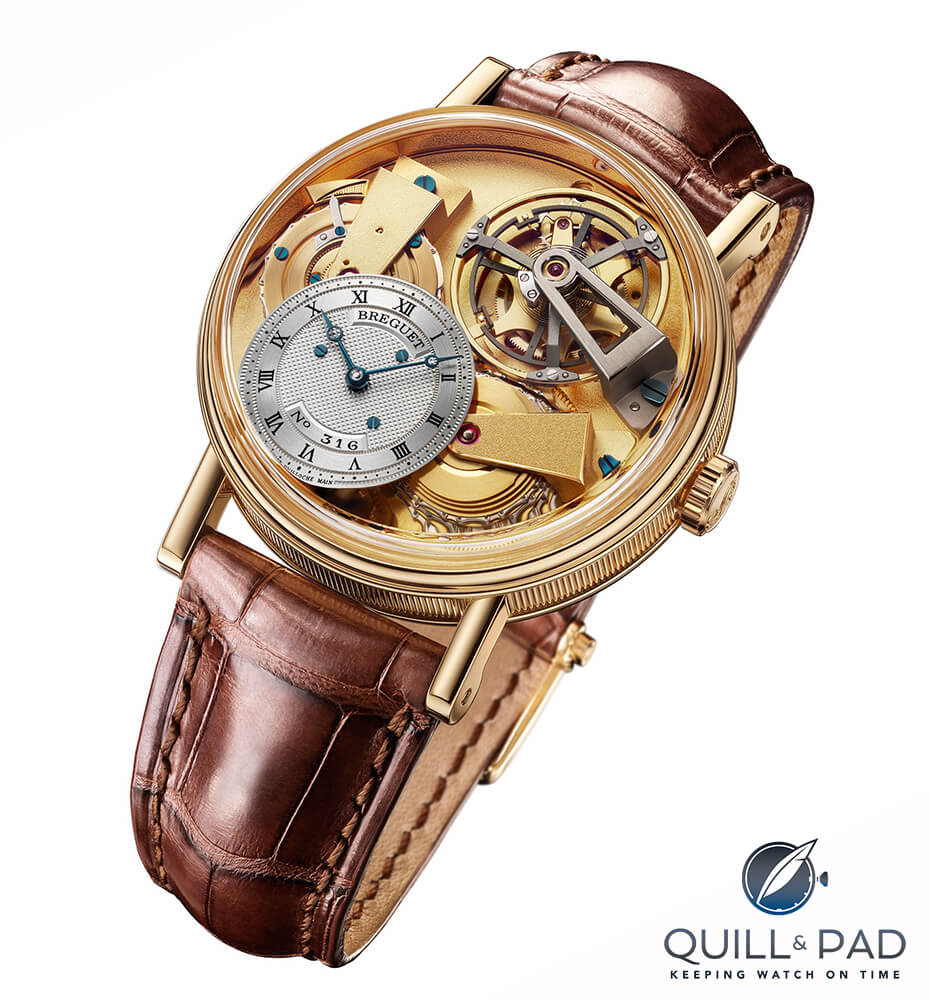
Breguet Tradition Fusée Tourbillon in red gold
In this modern timepiece, superior adjustments for isochronism have already been achieved thanks to newer metal alloys, modern design, and a silicon hairspring. It is no longer functionally necessary to use the fusée in a watch, yet here it was largely done for two reasons: to demonstrate technical skill and to celebrate brand heritage (see Déjà, Jamais, And Presque Vu: All Thanks To The Breguet Tradition 7047 Fusée Tourbillon).
If these are the reasons for this use of the chain and fusée, why not make a historically appropriate pocket watch to honor the work of Abraham-Louis Breguet?
Zenith Academy Georges Favre-Jacot
Now examine the Zenith Academy Georges Favre-Jacot, a wristwatch oscillating at 5 Hertz with a chain and fusée added to the mix.
Why?
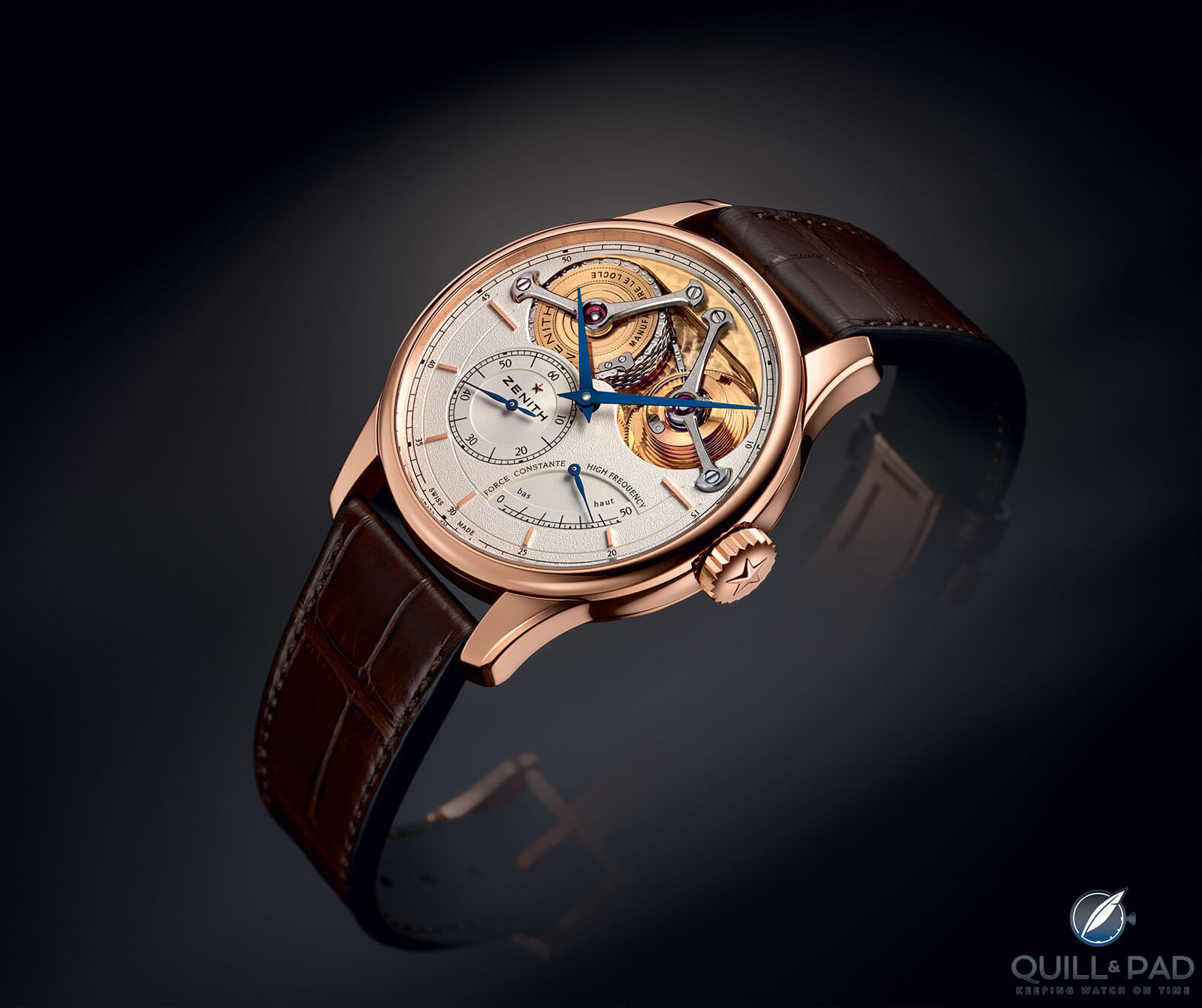
Zenith Academy Georges Favre-Jacot
Because rather than using modern technology to solve a modern problem created by an oversized mainspring needed for an impractical oscillating frequency, it’s easier to add a chain-and-fusée subgroup, call it high horology, and say it’s a tribute to historical roots.
Is this what we should be focused on?
Romain Gauthier Logical One
Finally, I’d like to discuss the Romain Gauthier Logical One. Gauthier is renowned for his craftsmanship, in-house production of movements, and the most challenging components in the industry. He and his team create masterpieces, and I have nothing but the highest respect for him and his brand.

Romain Gauthier Logical One
Logical One is yet another modern timepiece that uses a chain and fusée. However, Gauthier’s approach is not one that simply seeks to replicate an old system.
In the Logical One, Gauthier’s subassembly for constant force sees the links of its chain upgraded with ruby jewels and sapphire crystals in the mainspring barrel. These updates allow for reduced friction as the chain unwraps itself from around the cone and in the barrel as the mainspring unwinds (see In Focus: Romain Gauthier’s Breathtaking Patented Ruby Link Chain From Logical One).
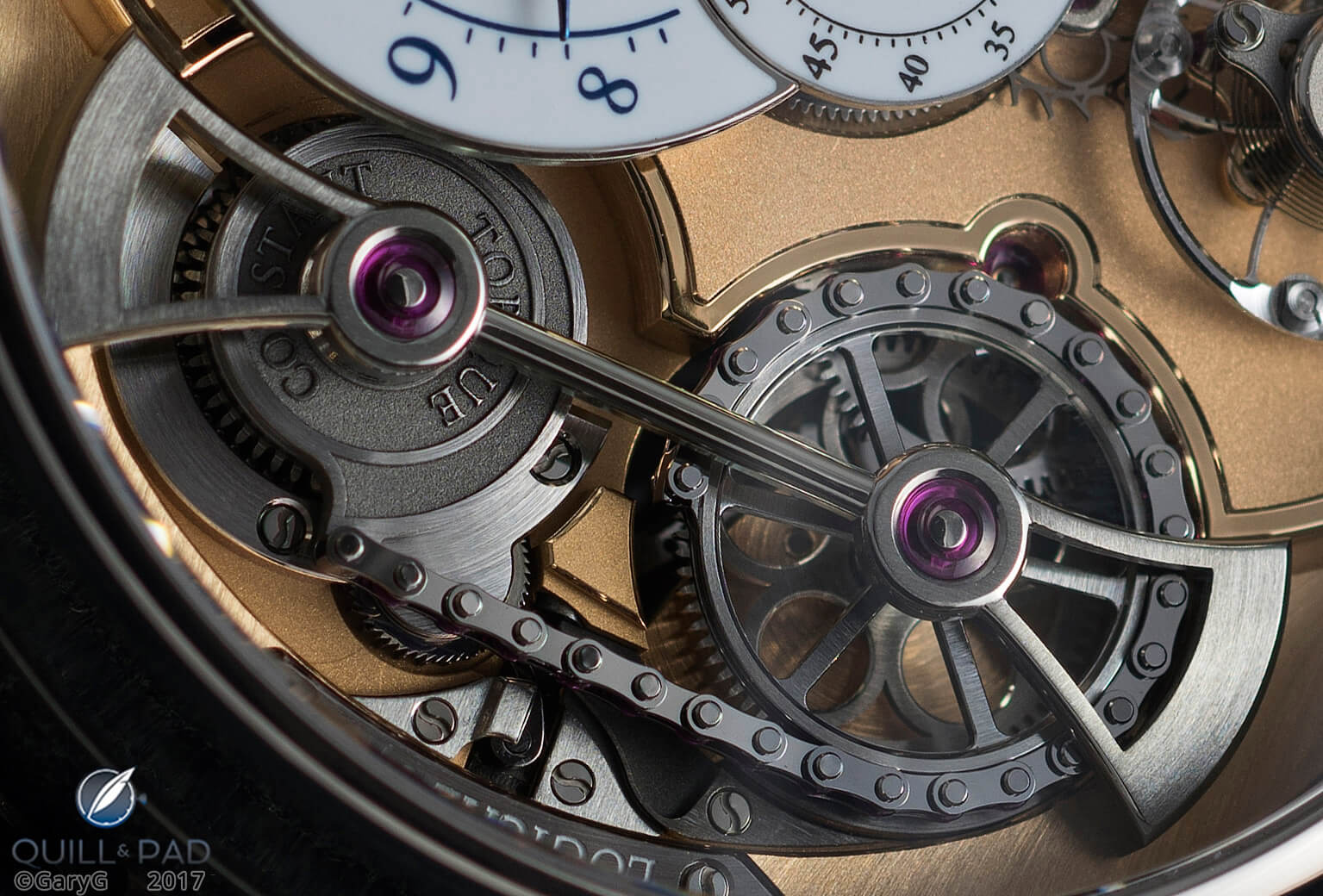
Constant torque mechanism, Romain Gauthier Logical One
The transmission of power becomes smoother and more consistent throughout the movement, achieving greater isochronism.
In addition to these changes, Gauthier also employs a proprietary winding system that utilizes a pusher instead of a crown to wind its mainspring.

Assembling a patented ruby link constant force chain of Romain Gauthier’s Logical One
While I cannot deny that this watch is an innovative and breathtaking example of masterful craftsmanship, I still need to question the use of the chain and fusée in a twenty-first-century timepiece. Is it logical?
Final thoughts
The continuing challenge of achieving isochronism is alluring. However, I feel that we should be focused on designing new functional improvements to all modern watches and not only looking to the past for ways to boost a manufacturer’s image without solving the problem at hand.
I wholeheartedly agree that crafting a timepiece with a fusée and chain demonstrates unbelievable technical prowess and that watchmaking’s rich history is deserving of our affection.
However, I feel that manufacturing a wristwatch comprising such unnecessary components to satisfy a collector or to make a statement in our modern industry is a waste of that ability. In our rapidly evolving horological community, we should step forward to concentrate on the future, not look backward searching for new solutions in our quest for micro-mechanical perfection.
Quick Facts Romain Gauthier Logical One
Case: ADLC-coated or natural titanium or white gold, 43 x 14.2 mm
Functions: hours, minutes, small seconds; push winding
Movement: in-house manually wound manufacture caliber, 46-hour power reserve, push-button winding, chain-and-snail-cam constant torque system
Price: 125,000 Swiss francs in white gold; 98,000 Swiss francs in titanium; enamel dial available for a 5,000 Swiss franc surcharge
Quick Facts Breguet Tradition Fusée Tourbillon Reference 7047
Case: 41 x 15.95 mm, platinum and red gold
Movement: manually wound Caliber 569
Functions: hours, minutes; power reserve
Price in 2014: $175,600
Quick Facts A. Lange & Söhne Tourbillon Pour le Mérite
Case: yellow gold (106 examples), platinum (50), pink gold (24), white gold (19), and stainless steel (1); 38.5 x 10 mm (with one smaller exception in pink gold)
Dial: silvered on yellow gold version with painted Arabic numerals
Movement: manually wound Caliber L902.0; frequency 2.5 Hz/18,000 vph; power reserve 36 hours; one-minute tourbillon; chain and fusée subassembly for constant force
Functions: hours, minutes, subsidiary seconds; power reserve indication
Limitation: 106 in yellow gold; 50 in platinum; 24 in pink gold; 19 in white gold; and 1 in stainless steel
Years of manufacture: 1994-1998
Original retail prices: 125,000 German marks (yellow gold), 140,000 German marks (platinum)
Recent auction result prices: $154,000 to $180,000 (yellow gold), $171,000 to $251,000 (pink gold), $275,000 (platinum)
Quick Facts Academy Georges Favre-Jacot
Case: 45 mm, pink gold
Movement: manually wound Caliber El Primero 4810 with chain and fusée, official C.O.S.C. chronometer certification, 5 Hz/36,600 vph frequency, 50-hour power reserve, 797 components (575 for the 18-centimeter chain alone)
Functions: hours, minutes, seconds; power reserve indication
Limitation: 150 pieces
Price in 2014: $82,700
You may also enjoy:
Déjà, Jamais, And Presque Vu: All Thanks To The Breguet Tradition 7047 Fusée Tourbillon
In Focus: Romain Gauthier’s Breathtaking Patented Ruby Link Chain From Logical One
Leave a Reply
Want to join the discussion?Feel free to contribute!








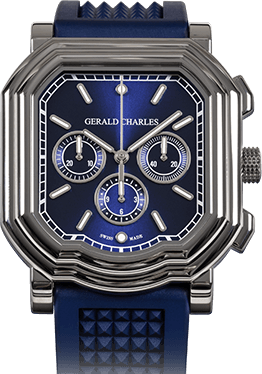
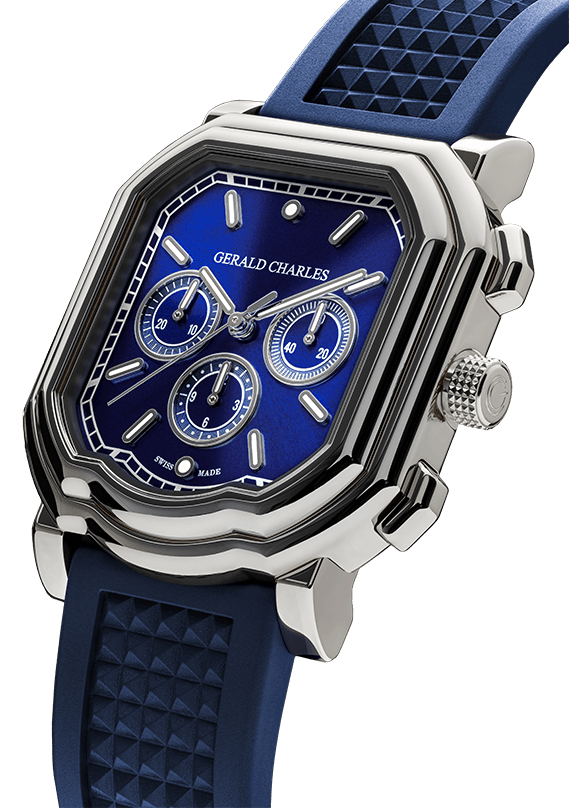

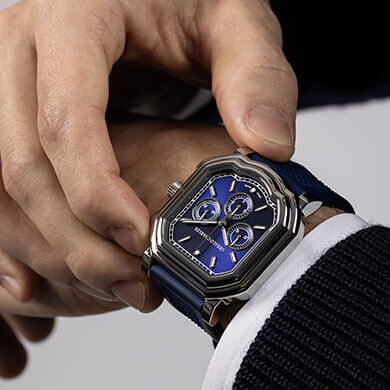






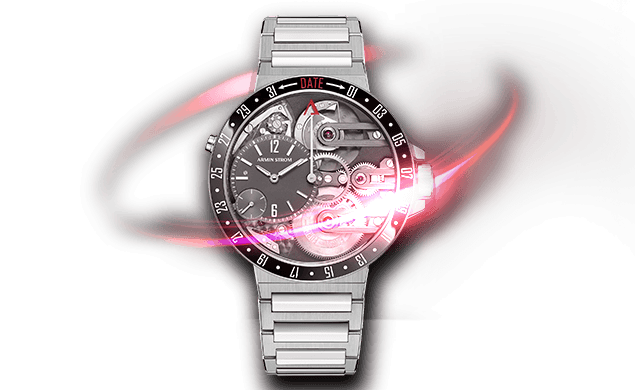
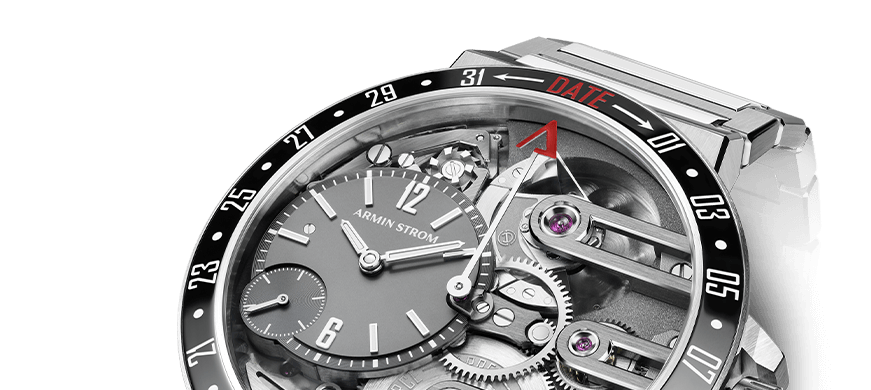
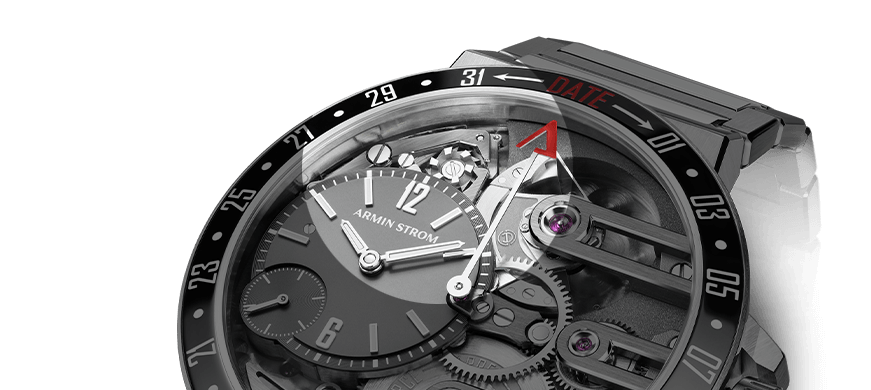


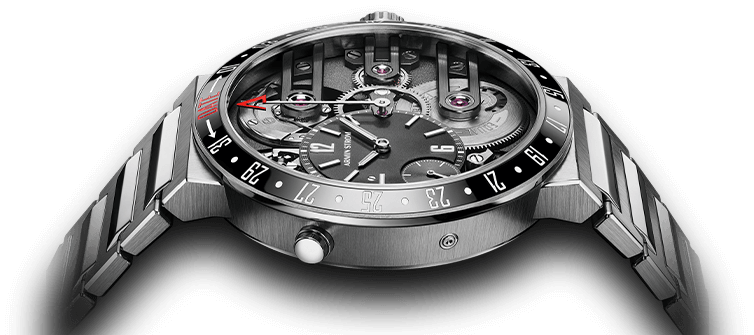
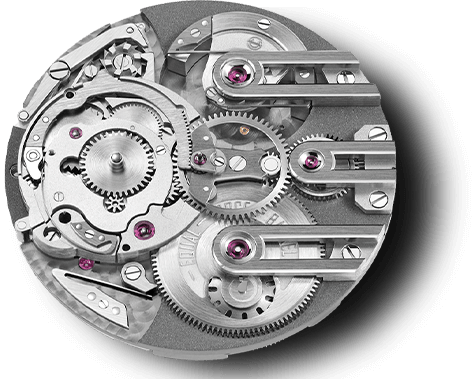


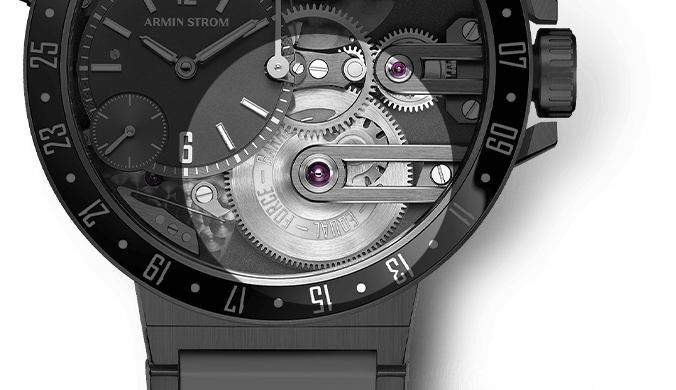


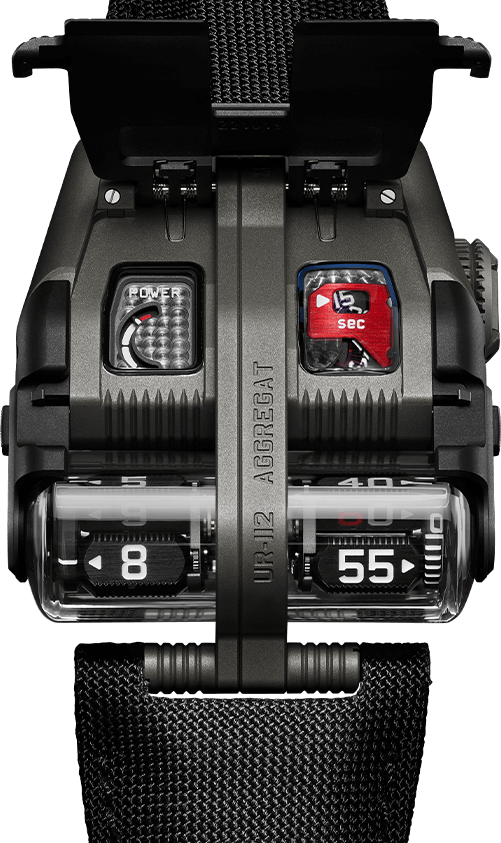

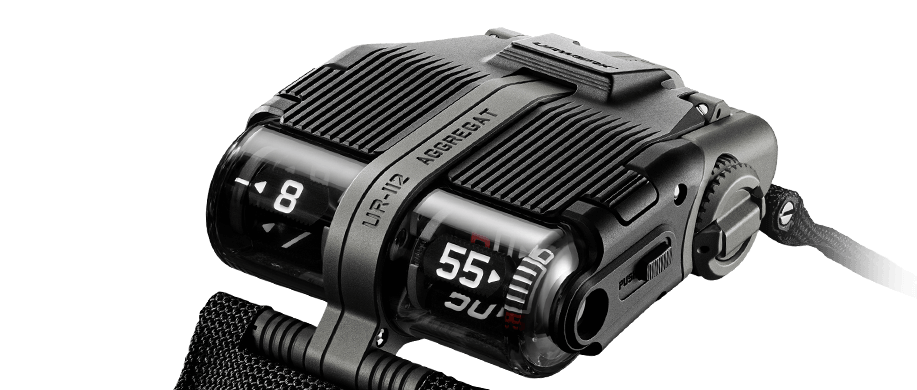
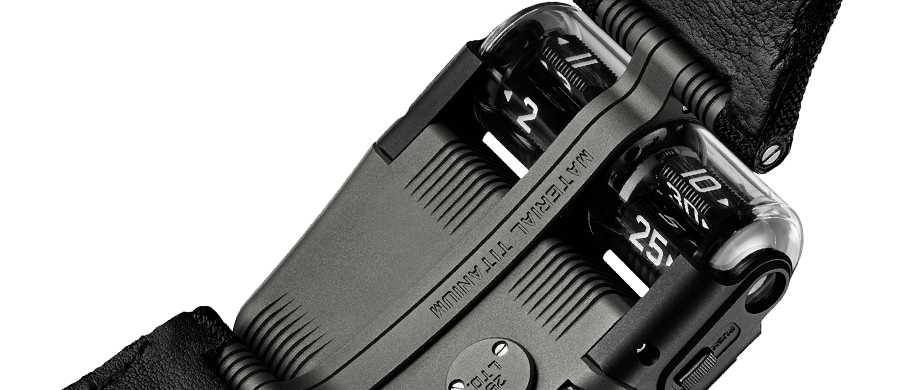
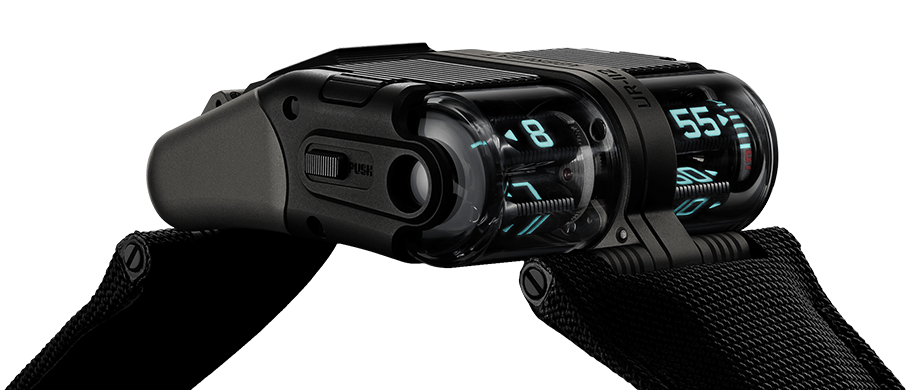




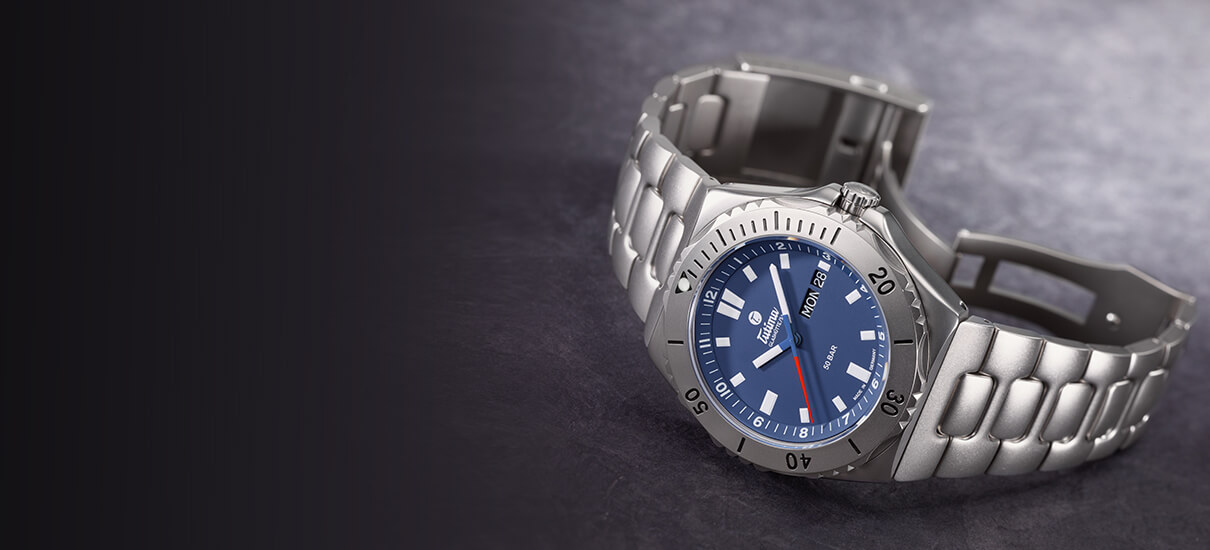



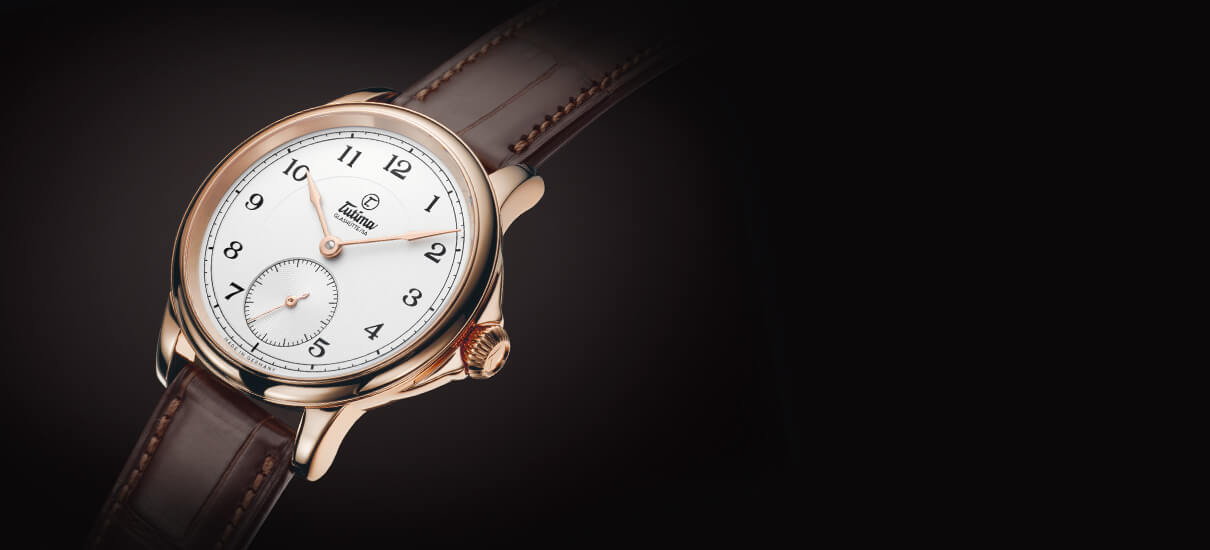





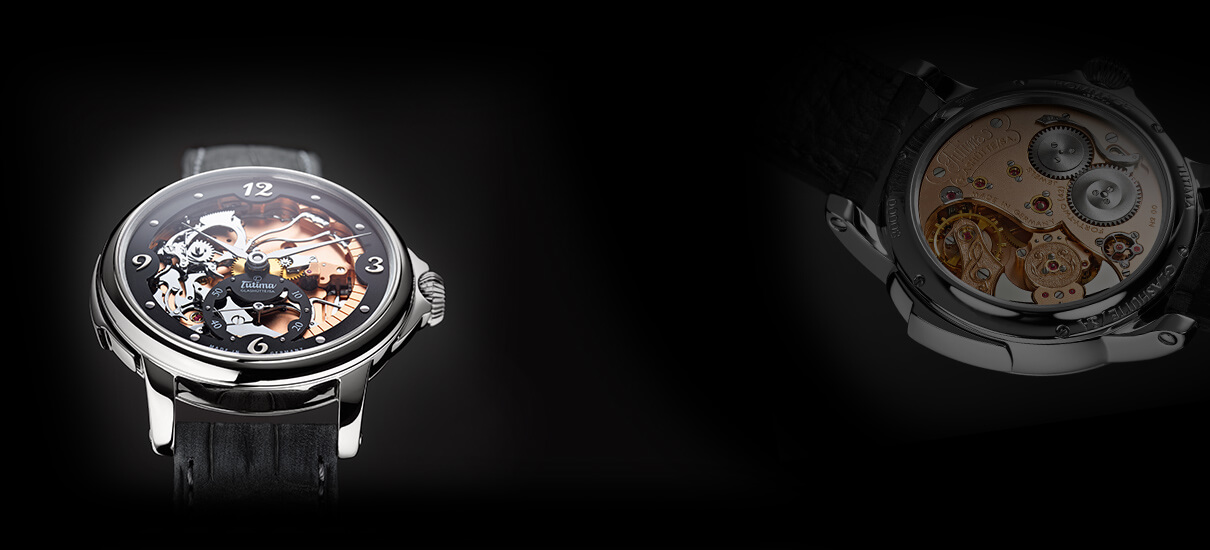



Surely, since Gauthier’s Logical One uses a cam-and-fusee rather than a cone-and-fusee, this should be regarded as quite a step-up from the cone-and-fusee, keeping the chain in one plane, presumably removing much friction and avoiding bending of the chain. It is thus in quite a different class from the other watches mentioned – though I’d happily have any (or all) of them!
That is exactly what I was thinking, why are focusing on the fact that they use rubies in the chain?
Might I suggest marketing, rubies are pretty and look expensive, nothing to do with the real detail of the mechanism. Frankly 99.9% of those who could ever buy such a watch wouldn’t have a clue about the detail, they like the rubies etc.